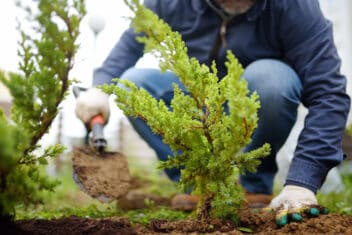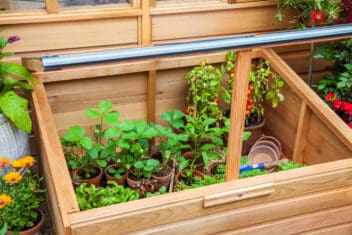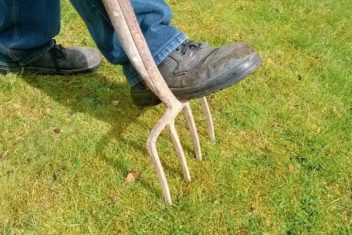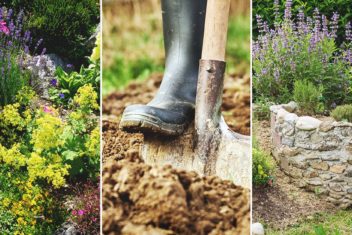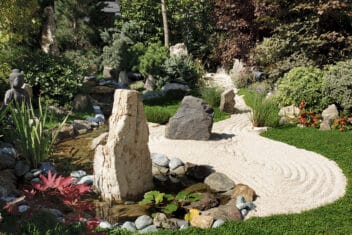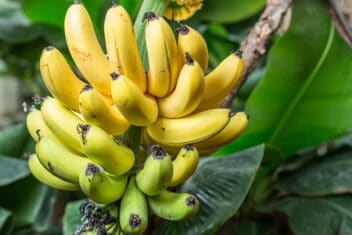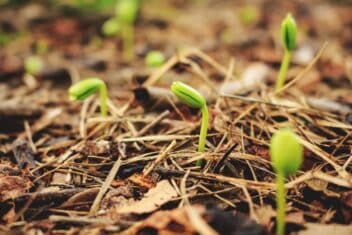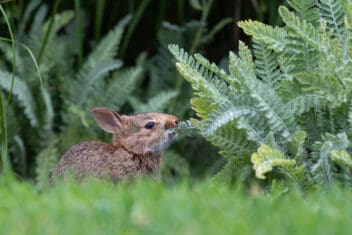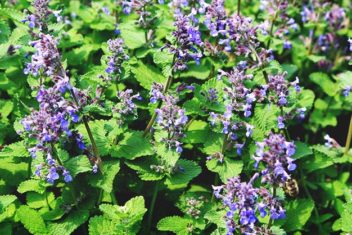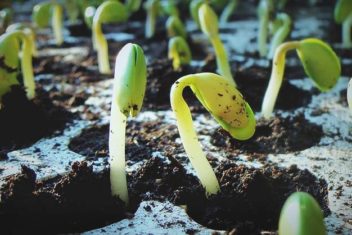So you’ve decided to step up your growing game and start an indoor garden. Whether you want to extend your growing season or add some more fresh food to your diet, there are a variety of vegetables, herbs, and fruits that do well indoors. You can provide yourself year-round with herbs, a nice salad or even lemons for some zing in your cooking.
An indoor garden isn’t just for supplementing an outdoor garden – it can be your only option if you live in the inner city or an apartment. Homesteaders who don’t have a greenhouse can start an indoor garden to meet their winter food needs.
When you start an indoor garden you need to pay attention to several things, but don’t feel overwhelmed. This article will help you learn what you need to know to get the most out of your plants.
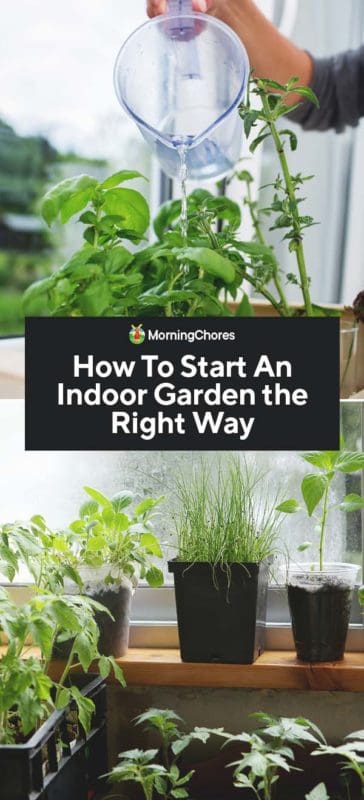
1. Decide A Place To Grow
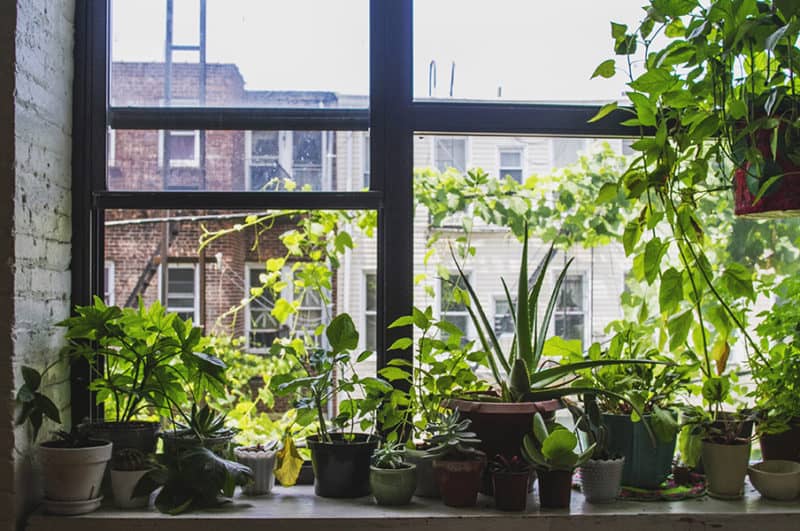
The first step is to decide where to put your indoor garden. You may think you need to place it in front of a window or that you must have a sunroom. While natural light is best, you may not have enough daylight hours or space near a window to satisfy your plants.
In addition, unless your windows are well insulated, you may have a cold draft that can harm your plants. Air circulation is important, but cold drafts will slow down growth and can even kill sensitive plants.
The truth is as long as you provide supplemental light, you can place your garden anywhere – including a basement or the spare bedroom. In fact, I had a friend who made a closet into a growing area.
When you decide on where to put your indoor garden, measure your space carefully. You’ll need to purchase, salvage, or build a platform that fits into that location. If you’re using a shared space – like the kitchen – consider if it will get in the way of other activities such as eating or the kids doing homework.
How Much Room Do You Need?
You can make an indoor garden in a space as little as a square foot, or as big as an entire room. It’s up to you.
Herbs are popular if you have a small space such as a windowsill or tabletop. Lettuce needs slightly more room, but cutting lettuce requires less space than other varieties.
Kale and Swiss chard both do well inside, but they need a space with some height. Plants such as tomatoes and peppers grow well inside, but do get bushy and need more room. Plants such as tropical fruits need a taller space that allows them to grow.
When considering how much room your plants need, consider the size of the container. You want your plants to have a space that is large enough for good root growth.
2. Provide Enough Light
Your plants need access to three basic things light, water and air circulation.
Depending on the type, most plants do best with between 12-16 hours of light per day. Part of this can come from natural light via a window or door.
If you can’t provide that much sun, you’ll need to add artificial lighting.
An indoor garden will do best under grow lights with bulbs that provide full-spectrum light. Full-spectrum lights imitate the sun’s wavelength and promote the plant’s natural process of photosynthesis.
There are many different systems and styles of grow lights, from something as simple as a bulb in a clamp fixture, to elaborate light stands. The trick is to consider how much you want to grow and how much space you need.
Single Lights
If you’re planning on growing a few containers near a window, you can get away with a clamp fixture with a full-spectrum bulb. You can make things easier on yourself by adding a timer to the light so your plants are getting consistent illumination.
Light Stands
If you decide to go the artificial light route, consider using light stands. How large of a system you need depends on your goals.
If you want to be able to supplement your pantry with fresh salads for a family then consider a larger shelf system such as the 3-Tier SunLite® Garden. A system like this has many advantages such as wide roomy shelves and lights that adjust up and down depending on how tall your plants are.
This kind of system is big enough that you can grow full-sized lettuce and kale. The other thing I like about a shelf system is that you can have high water and low water plants on different shelves. That way, you can water the lower shelf of high-water need plants twice a week, but only water the top shelf of low-water plants like rosemary and thyme once a week.
The disadvantage of this system is that it does get pricey. The larger complete systems run between $500 – $700.
3. Water Your Plants Right
Locating your indoor garden near a sink will save you from slopping water all over the house. How often you water plants is going to depend on the temperature and humidity of the room and what type of plants you are growing. For instance, a sage plant will not need much water but a lettuce plant will get thirsty often.
All your plants will need good drainage. Make sure there are holes in the bottom of your container. Also, you can add some small stones to the bottom of the container so that water does not pool around the roots.
I keep plants in my kitchen near my woodstove because my house tends to be chilly. I noticed two things happening. My wood heat tends to dry out my plants and I need to water more frequently then if they are in the back bedroom.
The woodstove also dries out the air but I discovered if I covered the growing shelves with some plastic it helped keep the plants moist. Be aware though because warm moist air can cause fungal diseases.
Remember to aim for moist but not wet soil.
How to Tell If Your Plants Need Water
- Feel the soil from the bottom of the container to see if it feels moist
- Lift up the pot – wet plants weigh more than dry ones
- Look for wilting leaves
- Use a water monitoring device
There are lots of methods of giving plants water. Gravity feeding methods like a DIY bottle or a drip system are common, and you can also purchase automatic watering systems. Of course, you can always go the manual route with a watering can.
Try Hydroponics

Another option is to use hydroponics. With a hydroponics system, you never have to think about watering your plants. Hydroponics uses little space and is low maintenance. Basically, it involves growing your plants in a wet medium that is self-enclosed. Fertilizer is added to the water to facilitate the growing process.
A tabletop hydroponic system is easy to use. To add some fun, you can purchase a model that sits on top of a fish tank. As a bonus, plants that are grown using hydroponics often grow faster because they have a constant supply of water and fertilizer.
4. Create a Good Air Circulation
Many people overlook good air circulation when growing plants indoors. Good airflow protects plants from fungal and mold problems and moderates temperatures. If your plants are by a window, they may get air circulation from the window.
If you don’t have natural air circulation, the best way to add it manually is to use a small fan. The fan doesn’t need to be pointed at the plants. You want the air in the room to move around.
Since I have a wood stove, I have a small solar fan to help move the warm air away from the stove and out into the room. This is adequate for keeping the airflow going and discouraging molds or fungus.
More Indoor Garden Tips
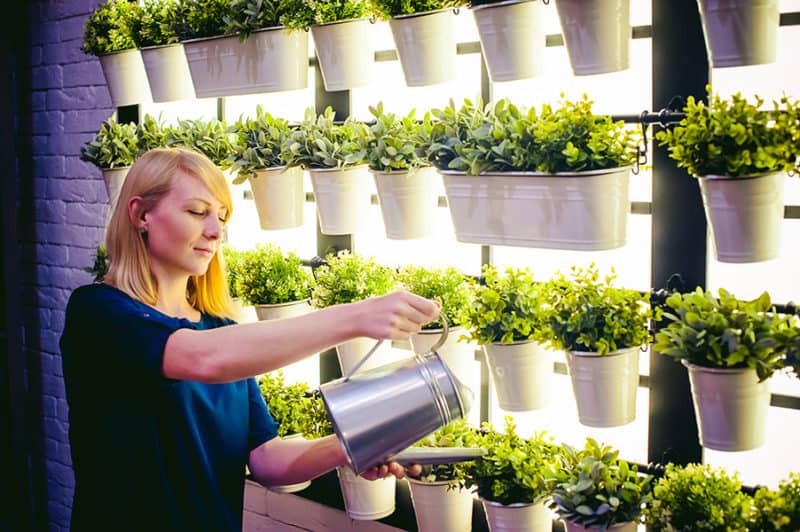
Indoor Gardening on a Budget
Designing and building a system will save you money and let you make a system for the space you have available. One DIY project is to buy a metal shelf – the ones they make for garages will suit your needs perfectly. Then, outfit the shelf with grow lights and trays.
If you’re short on space or want to start out small, you can purchase a clamp light and a few plastic trays. These work well for growing a few herbs or microgreens and cost little.
Get the Family Involved
Do you have young children in your household? An indoor salad garden makes a wonderful learning experience.
Indoor gardens give your children a way to connect with nature even when their world is covered in snow. Growing a salad garden on the kitchen table will teach children how plants grow, what they need to survive, and how delicious fresh food tastes.
Clear containers such as RootVue is a fun way for children to watch carrots and beets grow under the soil.
Hand Pollination
One thing to consider when you think about what plants you will grow in your indoor garden is pollination.
Plants in the nightshade family such as tomatoes and peppers need their pollen to travel from one part of the flower to another. Outside this happens with wind and insects. To simulate this, give your flowering plants a little shake twice a day to help move the pollen to the appropriate spot.
Plants such as cucumbers and squashes need pollen to move from one flower to another. That may be on the same plant or a neighboring plant. Outside they’re pollinated by wind or insects. You can mimic outdoor pollination by hand.
Take a paintbrush such as one made for water coloring and dab it on the inside of the flowers. Then go to the next flower and do this again. In that way, you are like the honey bee going from flower to flower.
Plants As Décor
An indoor garden is not synonymous with drab and boring. There are many ways that you can incorporate edible plants into your décor.
Hanging plants are attractive and great for things that are vining such as strawberries, peas, and spinach. You can even place a grow light bulb in your overhead lamp to make sure they get adequate rays.
Also, you can look for plant stands that coordinate with your décor or make your own. Window boxes are not just for the outside of the window. Place one on the inside so you can enjoy your plants all winter.
The Bottom Line
Having an indoor garden is a smart way to extend the season, produce fresh vegetables for the table and add a new dimension to your gardening. Now that you have the basics, you’re ready to get started. Let us know how it goes in the comments.

